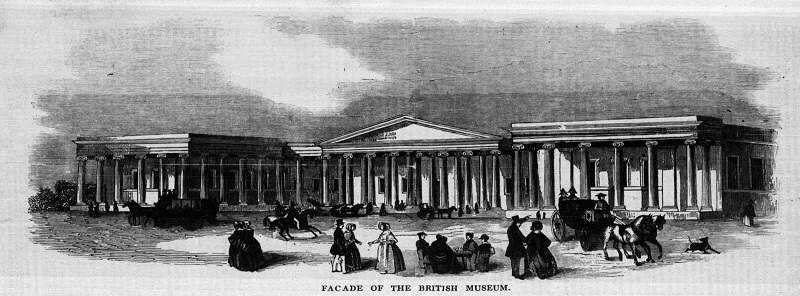ŌĆŗArchitectural Models and the Professional Practice of the Architect, 1834ŌĆō1916
Matthew Wells, Victoria & Albert Museum / Royal College of Art
Awards ░─├┼═§ųą═§ President's Awards for Research 2017
Category History & Theory

This research project has explored how architects thought about, made, commissioned, and used models during the nineteenth century. The attitude of architects towards models in the nineteenth century has been neglected in the study of architectural and building history. Instead historians have focused on other forms of architectural production including drawing, writing (lectures, treatises, histories, specifications), and building. Any analysis as there has been of model collections has concentrated on the history of acquisitions and the individuals involved. The circumstances of model production and the use of models by architects in education, design, and construction have been ignored. The methodological approach to the research combines object-based study with investigation of archival material held at the Victoria & Albert Museum, Royal Institute of British Architects, National Archives, National Trust, and many local history centres. Other collections of primary material have been examined in order to broaden the number and types of model under examination. A wide variety of material from key public and private collections ŌĆō combined with evidence from print culture within and without historic architectural communities ŌĆō were studied in order to help develop a nuanced understanding of the role and use of the model in nineteenth-century society and its relationship to architectural culture. The research revises the assumptions, judgements, and attitudes of a previous generation of scholars to the use of models by architects in the nineteenth century. Similarly the project has revealed the previously unknown role played by architectural models in the design and construction of many significant buildings.
